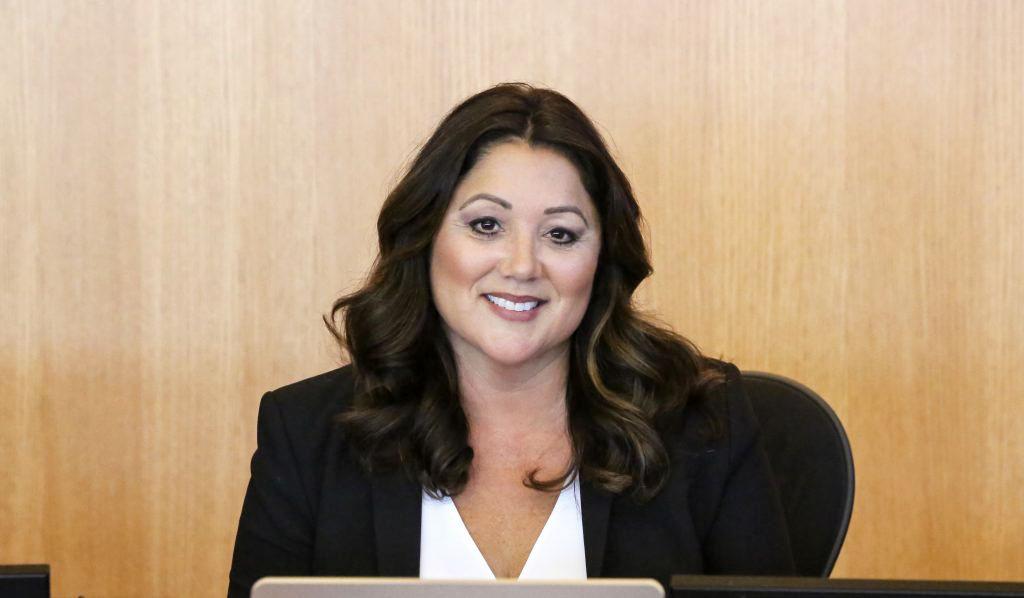Oregon hopes to once again take the lead in implementing progressive policies—this time by being the first state in the nation to roll out a universal, or “single-payer” health care system.
For the past two years, the 20-member state-appointed Oregon Joint Task Force on Universal Health Care—comprising four legislators, public officials, tribal members, and health care and community advocates—has been outlining the details of a system in which all Oregonians would be covered by a health insurance plan funded by new individual income taxes (up to 15 percent for high earners) as well as a new payroll tax paid by employers.
If approved, the plan would be implemented in 2026.
Including Primary Care
“The plan would cover, at the least, services now offered to people on a Medicaid, Medicare, or Affordable Care Act plan.”“The Universal Health Plan would not require patients to pay when getting care,” the proposal states. “So, there would be no co-pays or deductibles. Instead, people would pay new taxes based on their ability to pay. Under the plan, medical debt for covered services would no longer exist.
“This is because all covered services would be fully paid by the plan.”
Participants could see any participating health care professional and benefits would include primary care, dental, vision, prescriptions, specialists, hospitals, behavioral health practitioners, and more.
Long-term care would be provided by the Department of Human Services for those eligible for Medicaid.
The plan would provide free health care regardless of immigration status.
Out-of-state residents who work for Oregon-based employers, as well as their dependents, would also be eligible.
Focus on Equity
The plan would include a sweeping focus on equity.“Conditions in people’s lives—including housing, education, job opportunities, nutrition, and factors such as racism, discrimination, and violence—affect health outcomes,” the task force explained.
“The plan would seek, whenever possible, to address these conditions.”
The proposed system would be governed by a nonprofit corporation with members appointed by the governor and confirmed by the legislature, according to the task force.
The budget allocates 6 percent for administration costs.
To administer benefits and other elements of the new proposed system, the state could contract third parties—potentially including some from the private health care insurance carriers who may be put out of business in the state.
More than two dozen insurance companies currently provide coverage or managed care for the 2.8 million Oregonians.
Variable Taxes to be Levied
The state would need Washington’s approval to include federally funded programs—Medicare, the federal health insurance marketplace used by Oregon and the Medicaid-funded Oregon Health Plan—in the system. That would allow the new plan to receive funding that now goes to those programs.Individuals would pay more taxes, with higher earners paying higher rates.
Only households with income above 200 percent of Federal Poverty Level (FPL) would be taxed, according to the plan. In 2022, FPL for a household of four people was $55,500.
Under one scenario, the plan says, a household of four earning less than $55,000 would pay no additional tax. Those earning between $55,000 and about $70,000 would pay 1 percent.
A 2 percent tax would be levied between $70,000 and $83,000. A 3.5 percent tax would be assessed between $83,000 and $111,000. Above that, the tax would range from 9.3 percent to 15 percent.
Beginning in 2026, households would pay a total of $10.6 billion a year for the Universal Health Care Tax, compared to the $12.25 billion they would pay in premiums under the current system, the task force claimed.
‘Template For the Nation’
The task force spent the summer holding a series of public presentations and meeting with industry groups and opponents before streamlining its report. It will submit its final recommendations for the Oregon Health Care for All Oregon Plan to the state legislature by Sept. 30.From there, the legislature would need to decide whether to move forward, according to the task force.
“It’s going to require legislative leadership,” said task force chairman Dr. Bruce Goldberg, a faculty member at Oregon Health and Science University and a former director of the Oregon Health Authority.
“I think there are a number of legislators who have been very interested and who will be champions for it.”
The proposal would then likely go to the voters.
Task force members believe they are creating a template for the nation.
“Our report will attract attention from around the country,” said task force member Samuel Metz during a Zoom meeting on Sept. 1. “There will be advocates who want to know what we’ve done here and how we’ve done it.”




